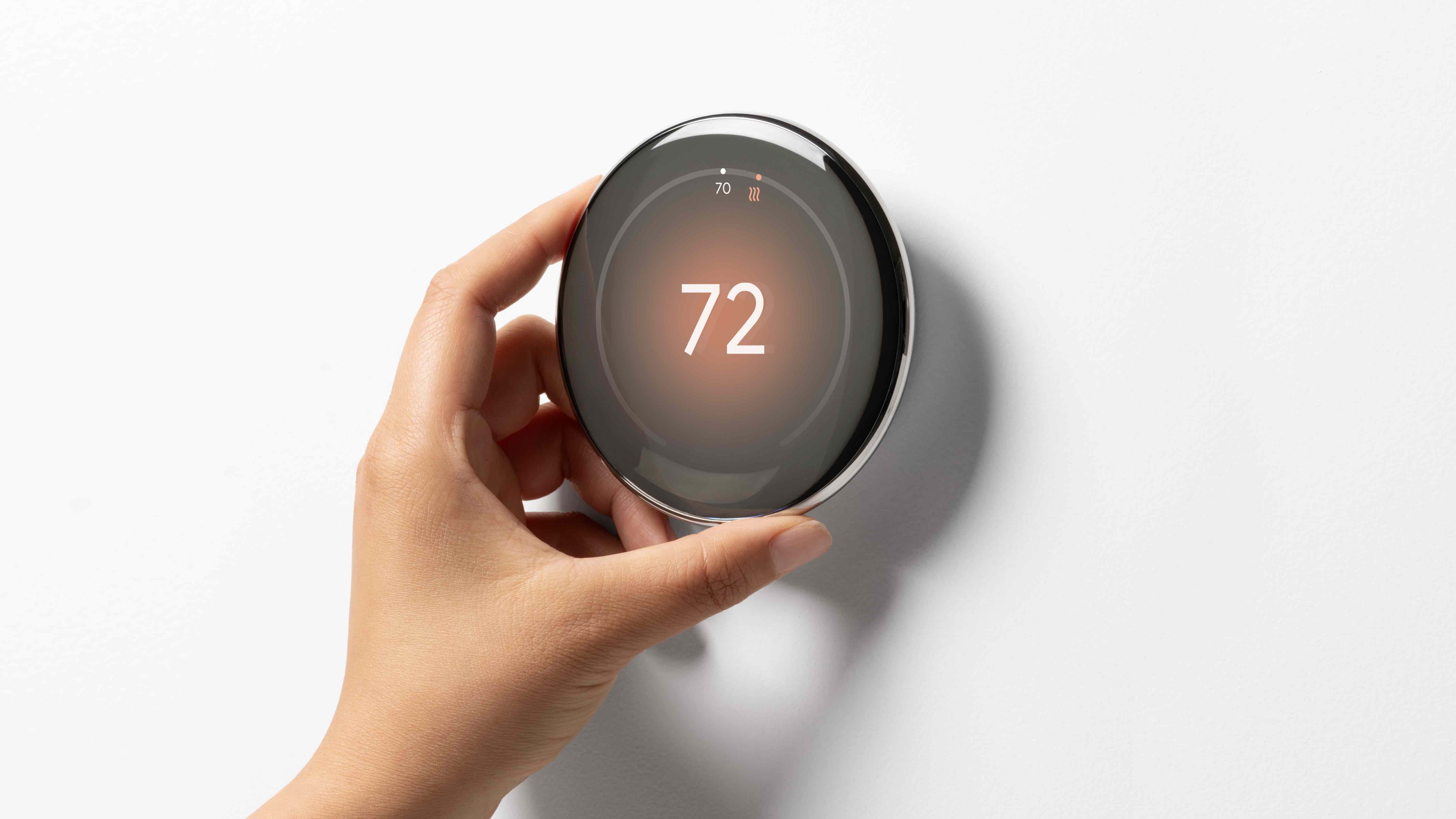Is your 4th-gen Nest Thermostat too dim? Google is adding brightness controls

Google has a brand new 4th-gen Nest Learning Thermostat on sale, but those who have already bought the smart home device are finding the display to be a little too dim at times – something that Google is apparently going to fix.
This comes from a report at 9to5Google, which mentions numerous complaints on Amazon about the Nest Thermostat screen being difficult to read because of its low level of brightness, especially at night.
It seems the brightness setting that the gadget defaults to when it detects it's in a dark room is lower than it really should be, and that means the digits and symbols on the screen are hard to pick out.
Even in the daytime, the Nest Thermostat display can apparently be tricky to read, due to low levels of brightness or reflections on the screen. Unlike previous Nest Thermostat models though, the 4th-generation model doesn't offer display brightness controls.
Controls are coming

It's not clear why brightness controls weren't included on the new model, but the good news is that Google has told 9to5Google that they will be added at some point in the future – without being specific about a timeframe.
The worries over display brightness have taken some of the shine off the launch of the new smart thermostat, which was heavily leaked in advance of its official unveiling. The 4th-gen model is the first new Nest Thermostat for four years.
You get a noticeable different design with the new edition, one which looks sleeker and more modern. There's better weather integration here, as well as smarter scheduling for your heating and cooling (which should save you money).
Sign up for breaking news, reviews, opinion, top tech deals, and more.
For now, the 4th-gen Google Nest Thermostat is only available in the US and Canada, for $279.99 and CA$379.99 respectively (about £215 / AU$415), because it's been optimized for heating systems in those countries. As yet there's no word on international availability.
You might also like

Dave is a freelance tech journalist who has been writing about gadgets, apps and the web for more than two decades. Based out of Stockport, England, on TechRadar you'll find him covering news, features and reviews, particularly for phones, tablets and wearables. Working to ensure our breaking news coverage is the best in the business over weekends, David also has bylines at Gizmodo, T3, PopSci and a few other places besides, as well as being many years editing the likes of PC Explorer and The Hardware Handbook.